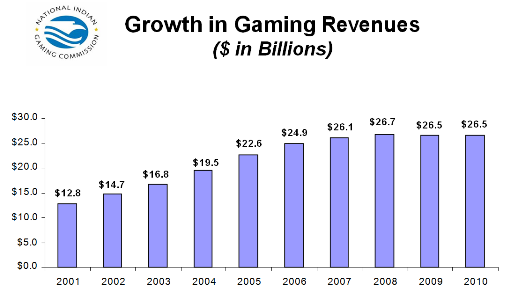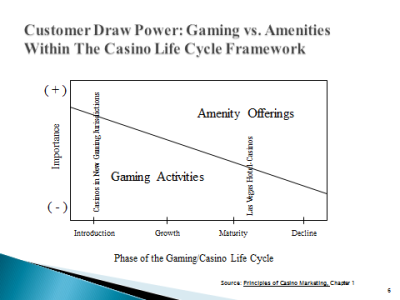Lending vs. Gaming Fact Sheet
Tribal Online Lending Provides a Critical Lifeline for Non-Gaming Tribes
Online Lending is a Lifeline
Tribal online lending provides a critical economic lifeline for sovereign tribes in remote areas, whether or not they engage in tribal government gaming. While many out-of-the-way tribal communities have developed gaming facilities as a way to create jobs and generate essential government revenues, remote reservations and gaming properties have been more severely impacted by the economic downturn.
There are two important reasons for these differential impacts:
- The type of facilities these tribes can offer
- The impact of the gaming product lifecycle
Download The PDF
Repeater Market Resorts versus Integrated Resorts
First, just as geography matters for the size and scale of tribal gaming revenue generation, geography dictates what type of gaming property a tribal government develops. For example, a tribe in a remote area will build a property that relies more heavily on gaming activity than on other amenities. These “repeater-market” properties attract local patrons who typically visit three to four times per week to play but are not likely to shop, dine or spend the night. Therefore, remote gaming properties are often smaller and more gaming-centric. These repeater-market properties differ significantly in scope and output from the larger integrated resorts that are built near population centers. Integrated resorts offer hotels, entertainment, fine dining, meeting and event space or other amenities to supplement and drive gaming revenues from patrons who visit less frequently but spend more and stay longer. While the recession has impacted discretionary spending for gaming, these integrated resorts are often able to maintain revenue levels more readily since they rely less heavily on gaming and more on their diversified offerings.
Remote Tribes Excluded from the Gaming Product Life Cycle
Sovereign tribal governments have been generating government revenues through gaming since the late 1970’s. Due to legal uncertainties and limitations on access to capital financing and casino management expertise, these early gaming properties were almost exclusively focused on gaming. This early focus on gaming activities in tribal casinos is consistent with the gaming product lifecycle framework (see below) since new gaming jurisdictions often rely upon gaming revenues to finance expansion, secure proper management, and attract customers. As gaming markets mature and grow, however, operators typically expand into more amenity offerings, including hotels, dining options, entertainment venues or meeting and events space. As tribal gaming has matured across the United States, more tribally-owned properties have begun to rely on these amenity offerings more and on gaming less. As the importance of amenities has increased for tribal governments with integrated resorts, tribes in remote areas have been excluded from the typical product lifecycle due to their limited geographic base and lack of access to a large gaming market or population center. Online lending and other e-commerce activities support these tribal governments to supplement their gaming revenues with an industry that does not rely predominantly on the local population.


